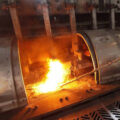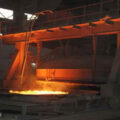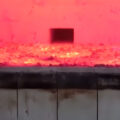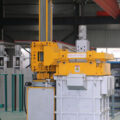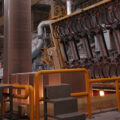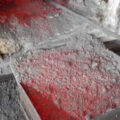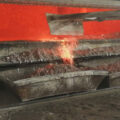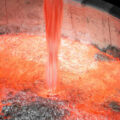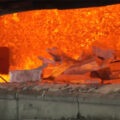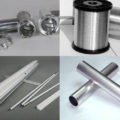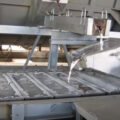Aluminum alloy smelting and pouring process is an important link in casting production. Most of the waste is due to improper control of the melting and pouring processes. Strict control of the whole production process of smelting and casting plays an important role in preventing casting defects (such as holes, pinholes, inclusions, cold insulation, casting and cracks).

Due to the absorption of molten aluminum, it has strong oxidation ability and is easy to dissolve iron. The higher the temperature, the greater the tendency of hydrogen inhalation, the longer the time, the more inhalation. In the whole smelting and casting process, corresponding preventive measures must be taken to produce qualified castings.
In order to obtain high quality molten aluminum in aluminum alloy smelting process, qualified raw materials should be selected first. And scientific management and correct processing of raw materials, otherwise the quality of aluminum melt will be seriously affected.
The research on the effect of Al-Si alloy ingot on the pinhole of aluminum alloy shows that there is no pinhole when using pure aluminum casting sand block. When the aluminum-silicon alloy ingot with unqualified macro structure is added, the text block has serious pinholes and coarse particles.
The reason is that the heredity of Al-Si alloy increases with the increase of Si content. In order to solve the casting defects caused by the heredity of charge, it is necessary to select aluminum chain, aluminum alloy additive and other high metallurgical burden.
Before use, the charge should be sandblasted to remove rust, grease and other dirt from the surface. Aluminum alloy ingots and replenishment materials with clean surface and short storage time can be treated without blowing sand, but the inlays mixed with iron powder filter, chip, sand block and furnace charge should be eliminated.
All charge should be preheated before entering the furnace, and the moisture adsorbed on the surface should be removed. In this way, the smelting time can be reduced to less than 3 hours. On the premise of ensuring drying, preheating is not required. In short, the charge should be dry, clean and free of debris when entering the furnace.


